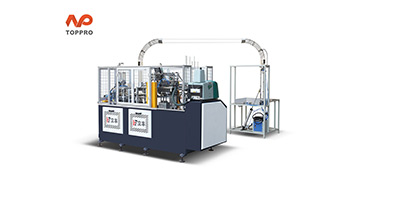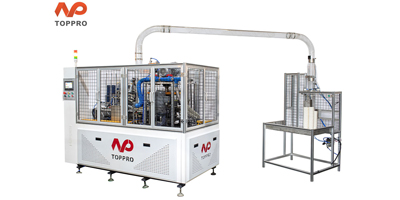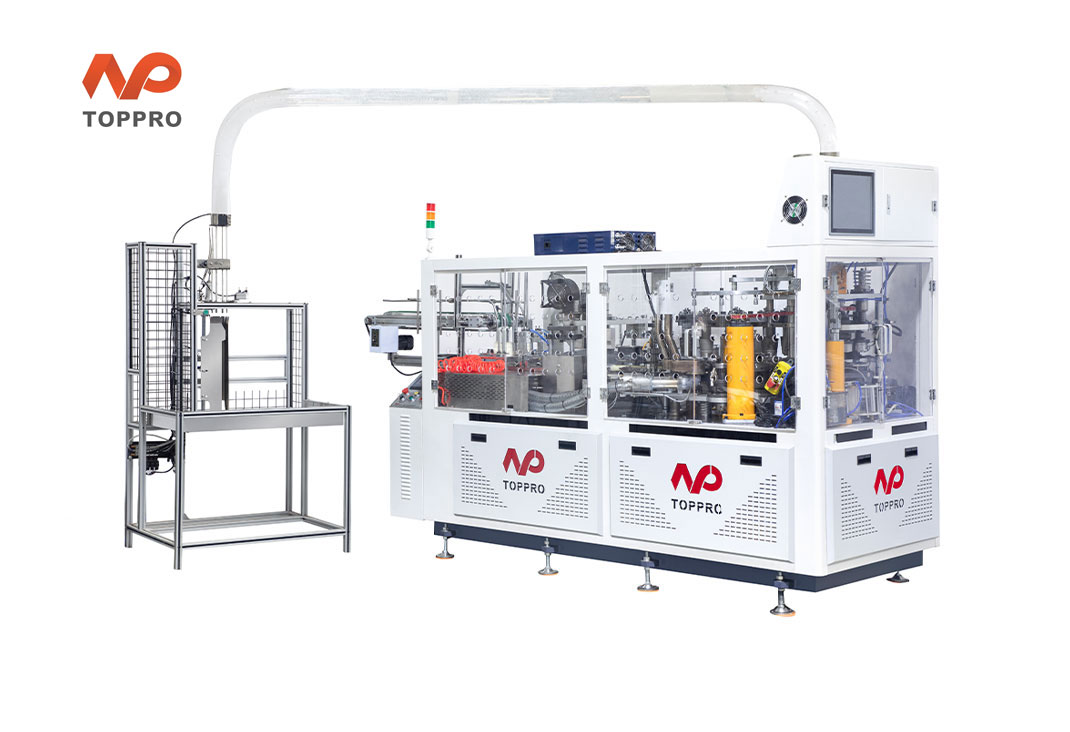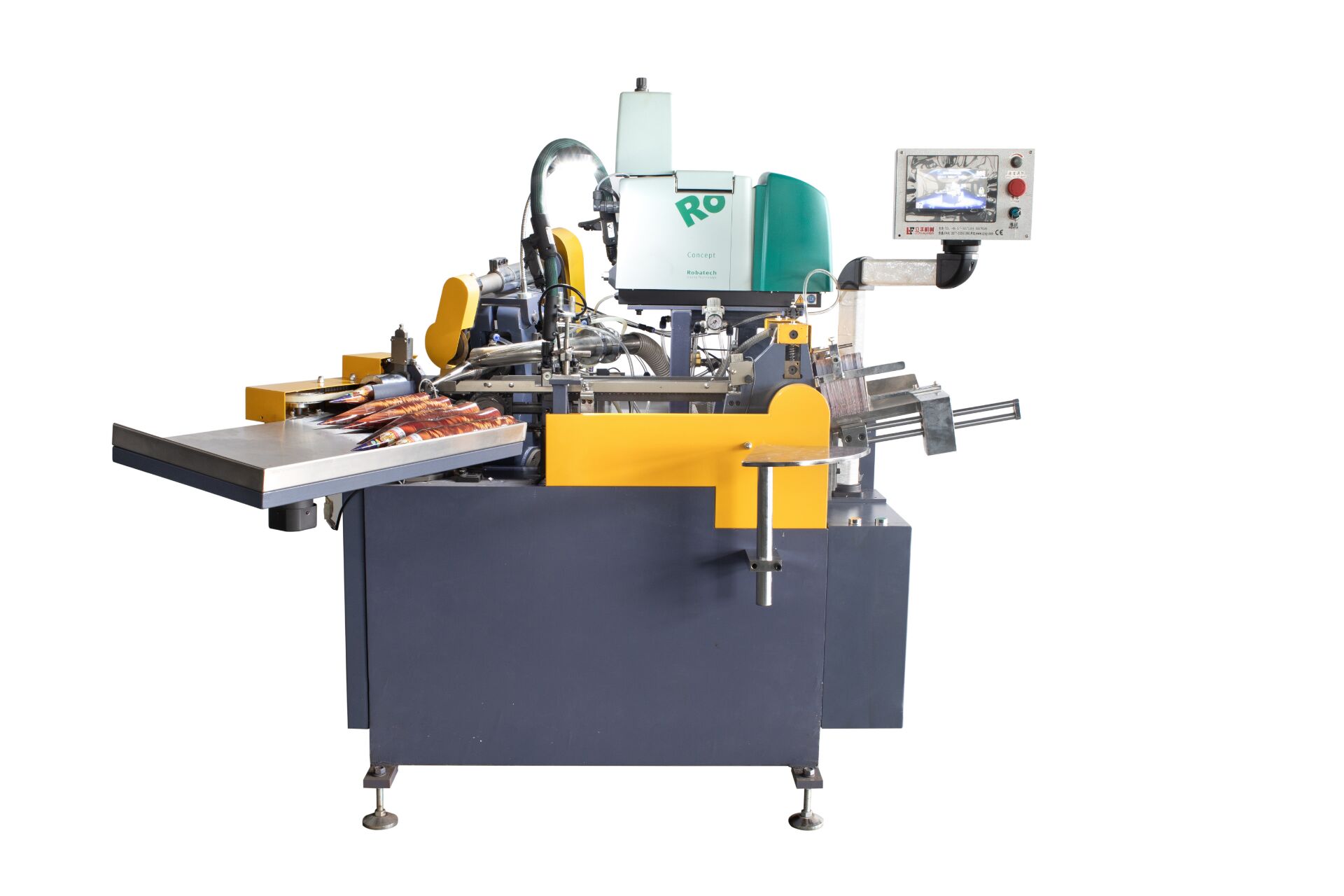The humble disposable cup holds our coffee, tea, and water, fueling our days. But when it comes to choosing between the two most common types – paper and styrofoam (expanded polystyrene, EPS) – the decision isn't as simple as grabbing the nearest one. Both have significant advantages and drawbacks, particularly concerning cost, functionality, and crucially, the environment.
Paper Cups:
Pros:
Renewable Resource Base: Primarily made from paperboard, a renewable resource derived from trees (though sustainability depends on forestry practices).
Better Public Image: Widely perceived as the more environmentally responsible choice by consumers and increasingly favored by businesses wanting a "greener" image.
Wider Recyclability (Potential): While challenging, paper cups can be recycled in specialized facilities equipped to handle the plastic lining. Recycling infrastructure is improving in some regions.
Biodegradability (Partial): The paper component will biodegrade over time in landfill conditions, unlike styrofoam, though the plastic liner persists.
Microwave Safety (Often): Many paper cups are designed to be microwave-safe for reheating beverages.
Cons:
Resource Intensive Production: Manufacturing paper cups requires significant amounts of water, energy, and chemicals. Harvesting trees and pulping have substantial environmental footprints.
Plastic Lining Problem: Virtually all hot drink paper cups have a thin polyethylene plastic lining to prevent leaks. This lining complicates recycling and means the cup isn't purely biodegradable.
Recycling Challenges: The plastic lining requires specialized separation facilities. Contamination (liquid residue, lids, sleeves) often renders them unrecyclable in standard paper streams. Most still end up in landfill.
Insulation Issues: Generally provide poorer insulation than styrofoam, meaning hot drinks cool faster and hands get hotter. Often requires a separate sleeve.
Potential for Sogginess: Can become soft or leak if a beverage sits too long, especially if damaged.
Manufacturing Complexity: Producing a functional paper cup requires sophisticated paper cup machines that form the cup, apply the lining, print designs, and rim-roll for strength. This adds to the cost and energy footprint.
Styrofoam Cups:
Pros:
Superior Insulation: Excellent at keeping hot drinks hot and cold drinks cold, and preventing condensation (sweating) on the outside. Provides good hand-hold comfort.
Lightweight & Cost-Effective: Very light, reducing transportation emissions and costs. Raw material and manufacturing costs are often lower than paper cups.
Effective Moisture Barrier: Naturally waterproof and rigid, no need for a plastic lining, preventing leaks and sogginess effectively.
Durability: Resistant to crushing and impacts better than paper.
Cons:
Environmental Persistence: The biggest drawback. Styrofoam is not biodegradable. It photodegrades into smaller and smaller pieces (microplastics) but can persist in the environment for hundreds of years (estimates range from 500 years to forever).
Recycling Difficulties: Recycling EPS is logistically challenging and economically unviable in most places. It's bulky, lightweight (hard to transport efficiently), and requires specialized facilities. Contamination is a major issue. Recycling rates are extremely low globally.
Litter & Pollution: Lightweight styrofoam cups easily blow away, becoming pervasive litter in streets, waterways, and oceans. Marine animals often mistake small pieces for food, leading to injury or death.
Microplastic Contamination: As EPS breaks down, it contributes significantly to microplastic pollution in soil and water, entering the food chain.
Chemical Concerns: Made from styrene, a possible human carcinogen. While generally considered safe for food contact when used properly, concerns exist about leaching, especially with hot liquids or acidic contents, and during production/incineration.
Bans and Restrictions: Facing increasing bans and restrictions in cities, states, and countries worldwide due to its environmental impact.
The Verdict: It's Complicated
There is no clear-cut "better" option. The choice depends heavily on priorities:
1. Prioritize Insulation & Low Cost? Styrofoam wins, if it's allowed and you disregard the long-term environmental cost.
2. Prioritize Public Perception & Potential Recyclability? Paper cups are the current societal favorite, despite their significant production footprint and recycling hurdles.
3. Prioritize Actual Environmental Impact? Neither is truly "good." Both have major environmental drawbacks through their lifecycle. The most sustainable choice is always a reusable cup.
The Role of the Paper Cup Machine
The efficiency and capabilities of modern paper cup machines are crucial in determining the cost, quality, and even the environmental footprint (through energy use and material waste reduction) of paper cup production. Advances aim to make lining application thinner and use alternative, more biodegradable barrier materials.
Conclusion
The paper vs. styrofoam cup debate highlights the complexities of disposable culture. While paper currently holds the edge in public perception and policy momentum, its environmental benefits over styrofoam are nuanced and often overstated. Styrofoam's enduring pollution legacy makes it increasingly unacceptable. Ultimately, moving away from all single-use cups in favor of reusables is the most responsible path forward for both people and the planet. When disposables are necessary, understanding the true pros and cons of each option is essential for making a more informed, albeit imperfect, choice.
FAQ
Q1: Are paper cups biodegradable?
A: Partially. The paper outer layer will biodegrade over time under the right conditions, but the plastic polyethylene lining (present in most hot cups) will not. This lining significantly slows down the process, and the cup doesn't fully decompose like an uncoated paper bag.
Q2: Why aren't styrofoam cups recycled more?
A: It's economically and logistically challenging. EPS is bulky (mostly air), making collection and transportation inefficient. It requires specialized, often scarce, compactors and processors. Contamination (food residue, other materials) is a major problem. The market for recycled EPS is limited.
Q3: What's the best alternative?
A: Reusable cups (ceramic, glass, durable plastic, stainless steel) are far superior environmentally after just a few uses. If disposables are unavoidable, look for cups made with high recycled content or innovative bioplastics (though these have their own challenges), and ensure you dispose of them according to local recycling guidelines (if accepted). Supporting businesses with take-back programs for specialized recycling is also positive.















